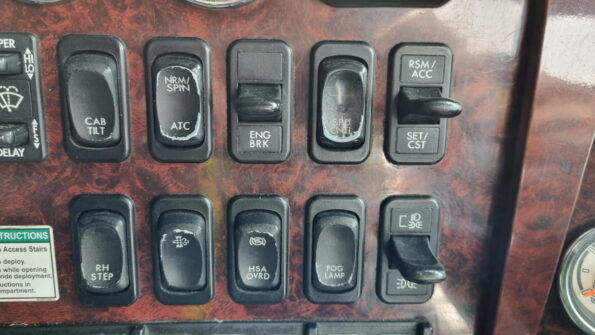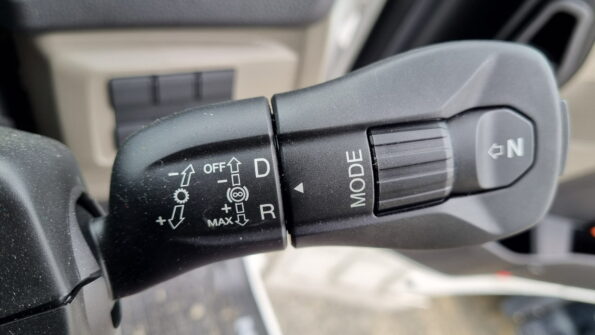Engine brakes are fitted to trucks to reduce reliance on the service brakes which can overheat due to brake fade on long downhill stretches. They are frequently called jake brakes (after the Jacobs brand of engine brakes).
Engine brakes are a compression release system and are not to be confused with engine braking which is the braking effect that occurs in petrol-powered engines when the accelerator pedal is released. Diesel engines don’t have the same amount of engine braking as petrol-powered engines because they don’t have a throttle body. This means that regardless of the throttle setting, air is always drawn into the cylinders and then acts as a spring to push the piston back down, meaning very little engine braking as the energy is returned to the piston.
Engine brakes open exhaust valves to the cylinders right before the compression stroke ends, which releases the compressed gas trapped in the cylinders and slows the vehicle down.
The driver usually has control over whether the engine brakes are active or not, and can choose the retardation level. This mechanism changes the number of cylinders which are used by the engine brake (more cylinders means more braking).


The engine brake is activated when the truck is in gear but with no throttle input. The chosen gear will also influence the amount of engine braking due to the number of engine revs per minute.
An engine brake is capable of slowing a heavily loaded truck down to a walking pace, but the service brakes must be used to bring it to a stop.
Advantages of engine brakes
The service brake life is extended because the truck isn’t using friction to slow down, it’s using the engine’s own momentum
Less risk of brake fade in the service brakes
Disadvantages of engine brakes
They are noisy and can disturb residents in urban areas (councils often install signs on the approach to urban areas that prohibit the use of compression release engine brakes).
